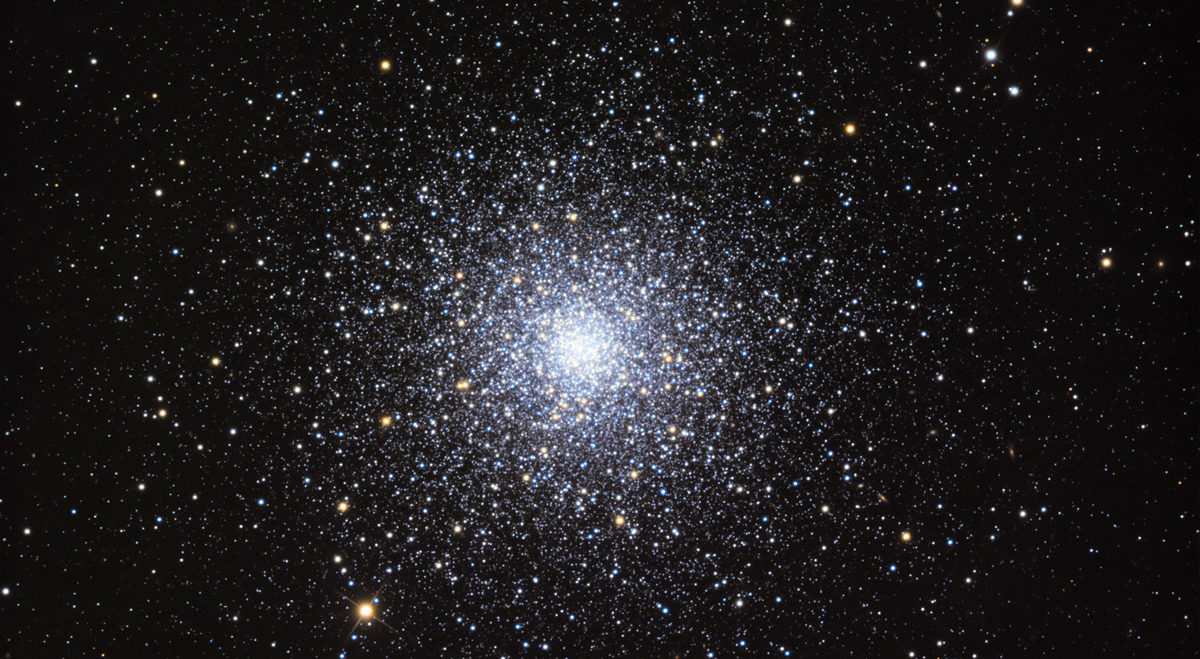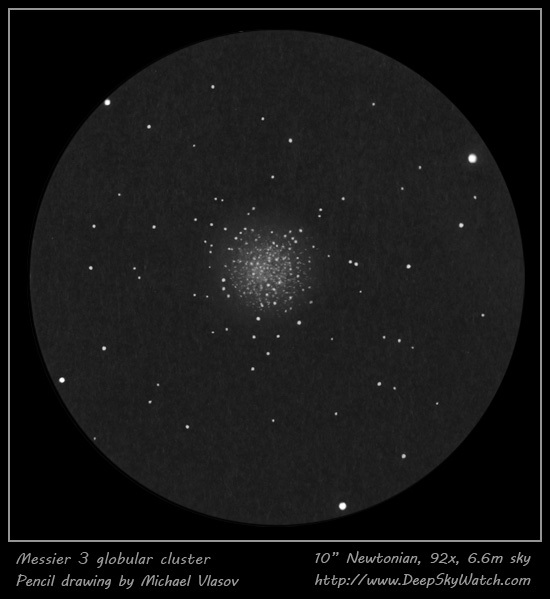Welcome to this month’s update to what’s in the night sky for May.
As the year progresses, the sun’s lowest point on the horizon after setting rises until the summer solstice, where it doesn’t set lower than 18 degrees below the horizon. As a result, more of the sun’s rays shine into the night sky, meaning the night becomes twilight during the few months of summer. In Mid Wales, we lose our true darkness and move into astronomical twilight from 17th May.

At 10pm, the constellations that are dominant in the night sky during the month of May are Coma Berenices, Boötes, Virgo and Leo. Ursa Major is situated at the zenith. The constellation of Orion is all but set; you may see the red star Betelgeuse setting in the west, followed by Gemini and Auriga. The Summer constellations of Hercules, Lyra and Cygnus rise from the east.
The New Moon occurs on 8th May and the Full Moon on 23rd May.
Eta Aquariid Meteor Shower
On 6th May, the Eta Aquariid meteor shower (19th April and 28th May) peaks, producing up to 50 meteors per hour. The best time to see it is in the early hours of the morning from around 3am. The radiant lies low on the eastern horizon.
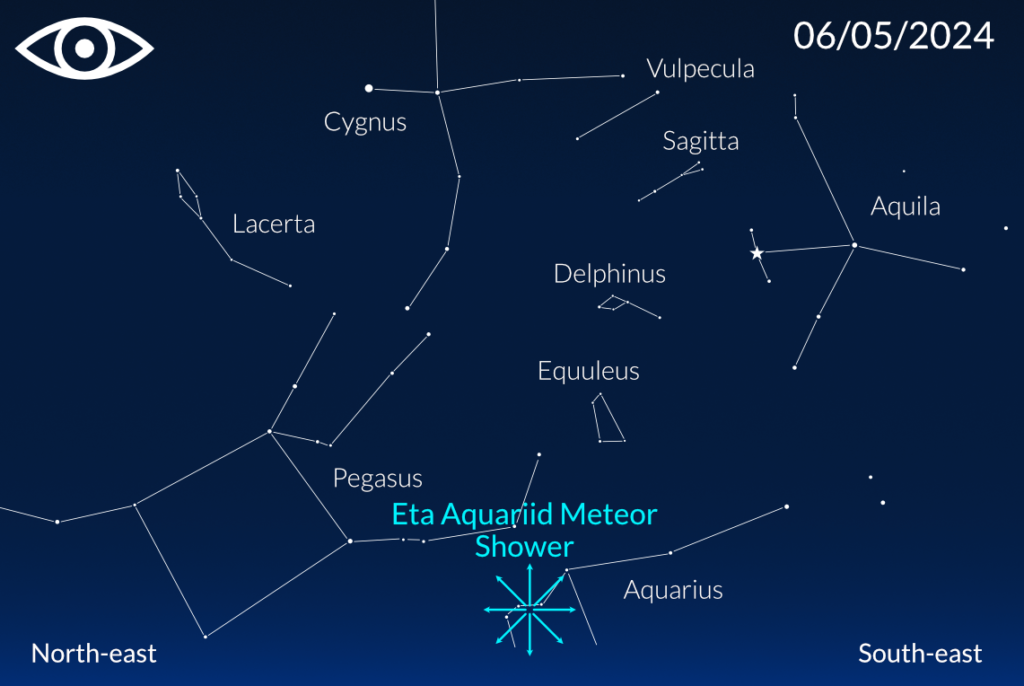
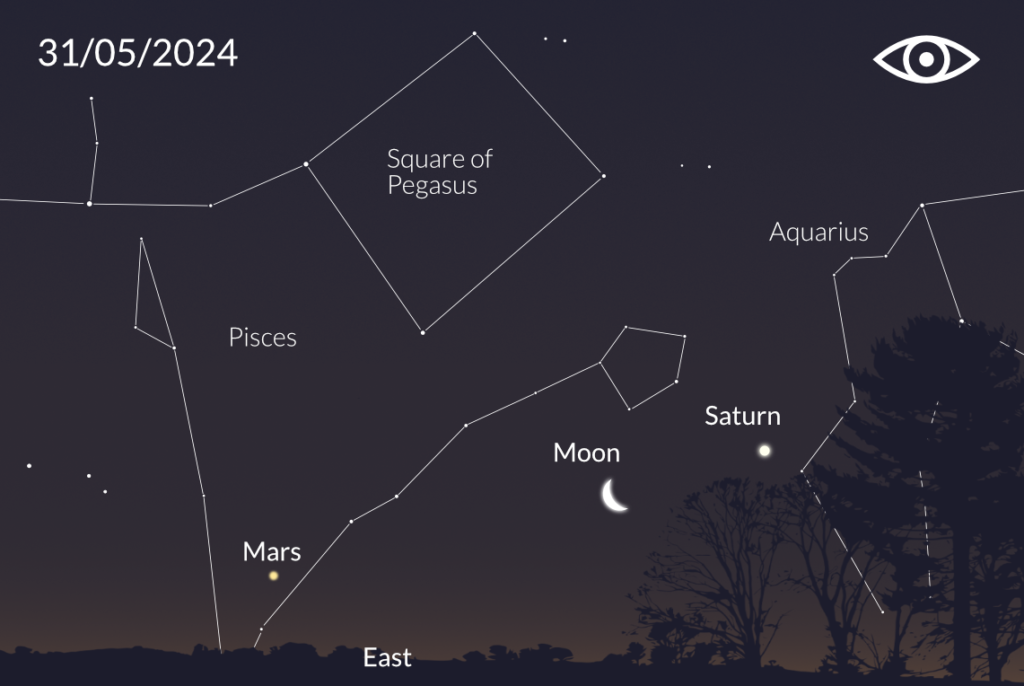
On 31st May, there will be conjunction of the Moon and Saturn. They can be seen with the unaided eye, rising from the eastern horizon at around 2.30am and will have a separation of 22 degrees. Look out for the red planet Mars as it follows the conjunction, rising a little later at 3.45am.
Constellation of the month: Coma Berenices
The constellation of Coma Berenices is well placed in the south when darkness falls. It’s a faint constellation that is situated between Boötes and Leo. Because the stars that make up this constellation are quite faint; look for the bright star Arcturus in the constellation of Boötes and Denebola in the constellation of Leo – Coma Berenices lies between the two and comprises only three stars arranged in a right-angled shape.
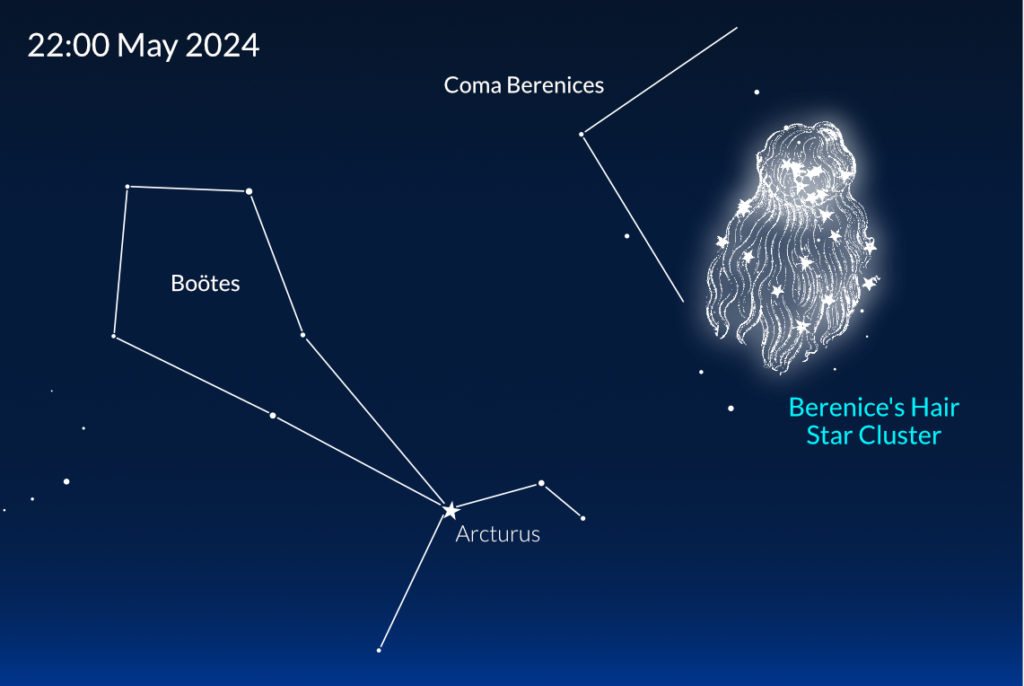
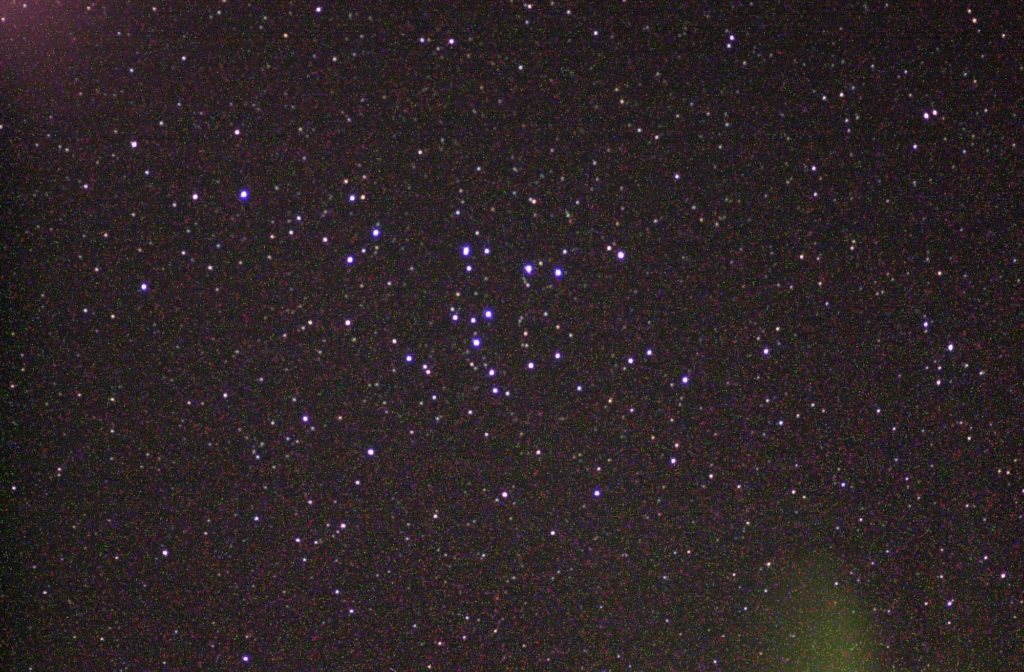
In mythology, Coma Berenices represents Berenice II, a queen of Egypt during the Hellenistic Period of 246 to 222 BC and wife of Ptolemy III. Berenice was anxious about her husband going into battle so she appealed to Aphrodite by sacrificing her hair. Ptolemy III returned safely and Berenices honoured her part by cutting off her luxurious hair and placing it in the goddess’ temple. One day, it went missing and after a search, astronomer Conon of Samos claimed that her hair was taken high into the heavens, showing the royal couple the constellation at the hind end of the constellation of Leo.
Messier 3
A nearby object to study with telescopes is Messier 3, situated in the constellation of Canes Venatici. It’s an impressive globular cluster comprising around half a million stars and situated 33,900 light years from Earth.
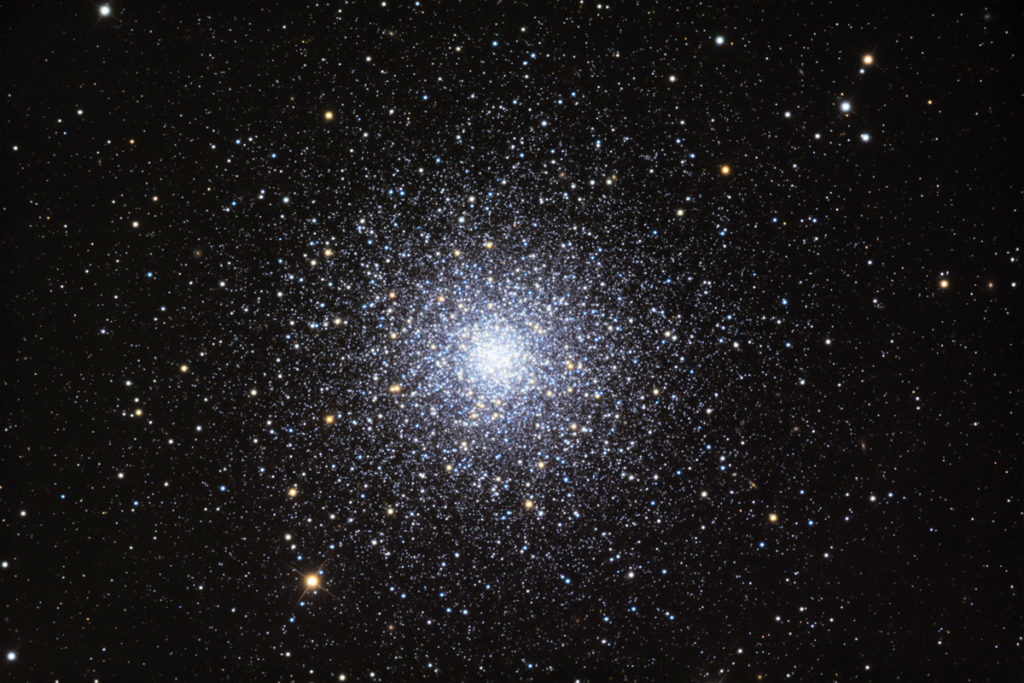
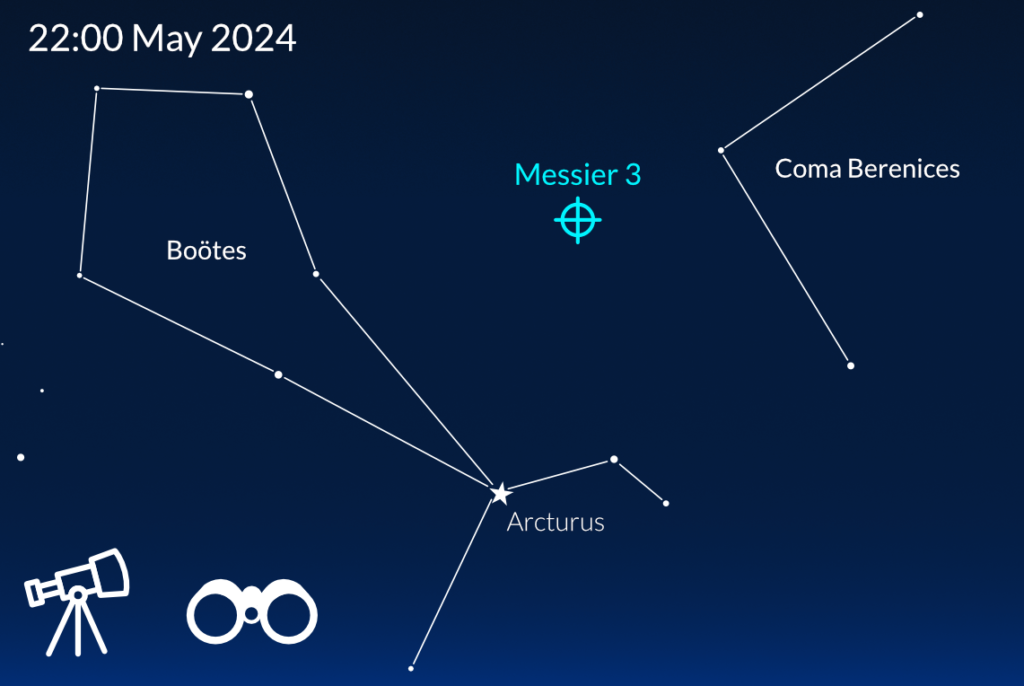
Through a 4-inch telescope, it shows a bright core but with larger telescopes, you may be able to pick up individual stars around the outer circumference of the object. Telescopes of 12 inches and larger will resolve stars right to the core. In darker skies, you will be able to see this object through binoculars.

